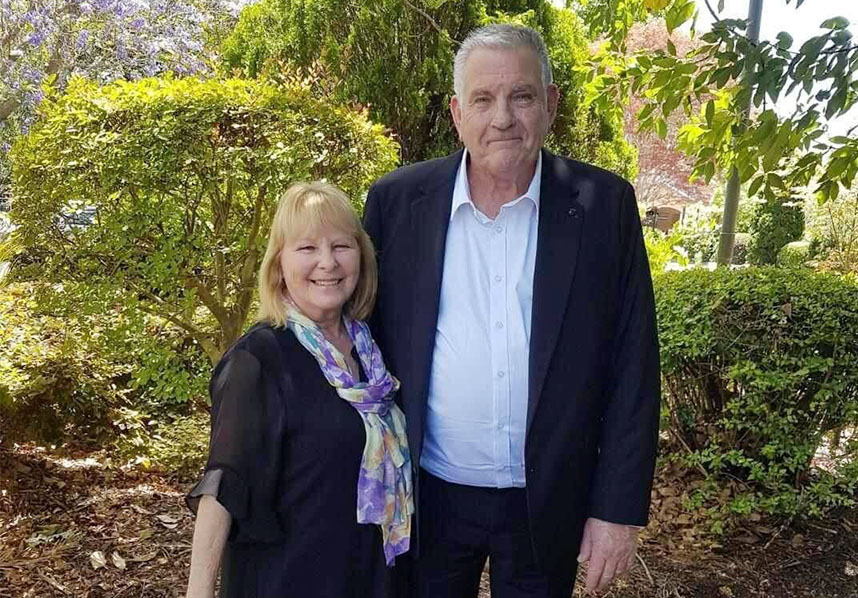Will Increasing the Tenants’ Rent Cost You More?

Will Increasing the Tenants’ Rent Cost You More?
Does increasing the tenants’ rent cost you more than you gain?
If you are a landlord or a rental property manager, one thing you will definitely wonder about is whether you’re earning the best rate of annual return on your investment. This question especially arises when you’ve had good tenants for some time and you had an agreement with yourself or your property manager not to hike up the rent and risk them leaving.
However, comparable local rents have increased over the course of time, and you now realize you’re falling behind the average rental market in your area. What will you do? Should you still hold back or do you keep up with the current level of inflation?
Of course the answer depends on a range of factors such as:
-
-
demand for rental properties
-
-
-
cost of living
-
-
-
the age, condition and features of your property
-
-
-
the supply of new, more modern properties competing with yours in the marketplace
-
and probably, general greed
-
With these in mind, investors should carefully calculate the cost of a vacancy and think about their property’s competitive position before making any huge changes. For instance in a hot market, if you increase the rent and you lose your existing tenants, consider it may take only a week or two to find another. In a normal to slow market, on the other hand, it could take four to six weeks or longer to find a replacement. Not only that, but an increase in maintenance requests must also be kept in mind once an old tenant moves out and new tenant comes in.
With concerns of oversupply of new apartments in eastern seaboard capitals this year, it may be best for some investors to hold on tight to existing tenants rather than finding new ones by maintaining their rental costs or just making very minimal improvements.
Let’s take a look at a scenario in which you increase your rent by 10 per cent and your good tenant gives notice.
A good tenant that pays a below-market rent, on time every time, can potentially be better for your property rental returns than a tenant paying the full market rent. Here’s why…
In scenario A, your two-bedroom apartment property is rented for $800 per week – about 10 per cent below the market average – to a good tenant who has been with you for three years. Scenario B looks at how your annual return could be affected if you increased the rent by 10 per cent – to $880 per week – and your tenant decided to vacate, leaving your property vacant for just four weeks.
|
|
Scenario A ($800 p.w.)
|
Scenario B ($880 p.w.)
|
|
Annual GROSS Rental Income
|
$41,600
|
$45,760
|
|
Property Management Fee
|
$3,328
|
$3,660
|
|
Vacancy (4 weeks @$800 p.w.)
|
|
$3,200
|
|
Letting Fee (2 weeks rent @ $880 p.w.)
|
|
$1,760
|
|
Annual NET Yield
|
$38,272
|
$37,140
|
As you can see, Scenario A leaves you a little ahead of Scenario B, even though we didn’t account for the other hidden costs of changing tenants.
Are there hidden costs when changing tenants? What are these?
Of course, a change of tenants means an increased pressure on your property. There will be extra wear and tear with carpets, tiles, walls and timber floors during the process of moving in and out. Add to that the fact that if you’re like most landlords, you might also spend a few hundred to many thousands of dollars for upgrading appliances or freshening up paintwork during a vacancy. The drawback is that the costs you’d spend for these improvements haven’t been accounted for in Scenario B yet and may result in further deductions from your investment property rental returns.
Also, although the improvements you made justifies the reason for increasing your rent, no tenant ever sets out to lease the most expensive property they can find. So, if you’re thinking about placing your investment property at the very top of the price range, you should take into account that you might encounter more changes in tenants that might also further impact on annual yields.
Finding the Sweet Spot
Basically, what’s safe to do is to just position your investment property slightly below the most expensive asking price possible. This way, your reason for increasing the tenants’ rent will be justified and at the same time, they will also feel they’ve found a good property at a reasonable price, resulting in them deciding to stay longer.
When you succeed at doing this, building rapport — such as offering to install a relatively inexpensive appliance — with your tenants directly or through your property manager will become easier over time. These, of course, would just be their rewards for consistently paying rent on time, not annoying the neighbours, and sticking to the terms of the lease. Alternatively, from your side, agreeing to complete reasonable maintenance requests in a timely manner would of course be the minimum expectation of your tenants and it also represents another way you can develop good ongoing relations and a secure tenancy.
Another way to increase your annual yield without risking losing a good tenant is to leave the rent alone and get a Tax Depreciation Schedule from a property taxation specialist. That, combined with a Pay As You Go (PAYG) Withholding Variation, can result in the recovery of thousands of dollars each year from the Australian Tax Department.
What to do?
Indeed, it’s going to be a tough decision. If you already have a property manager, ask his/her expert opinion, but in case you’re self-managing your investment property, it is highly recommended that you consider how competitive your property will look against similarly priced properties over the coming months. Keep in mind as well that more newly constructed buildings will be complete and become available for rent this year, resulting in an increase in vacancies.
Recent Posts
What to Consider when Applying for a Home Loan
21 Apr 2024
8 Signs It's Time to Sell Your Home
01 Apr 2024












